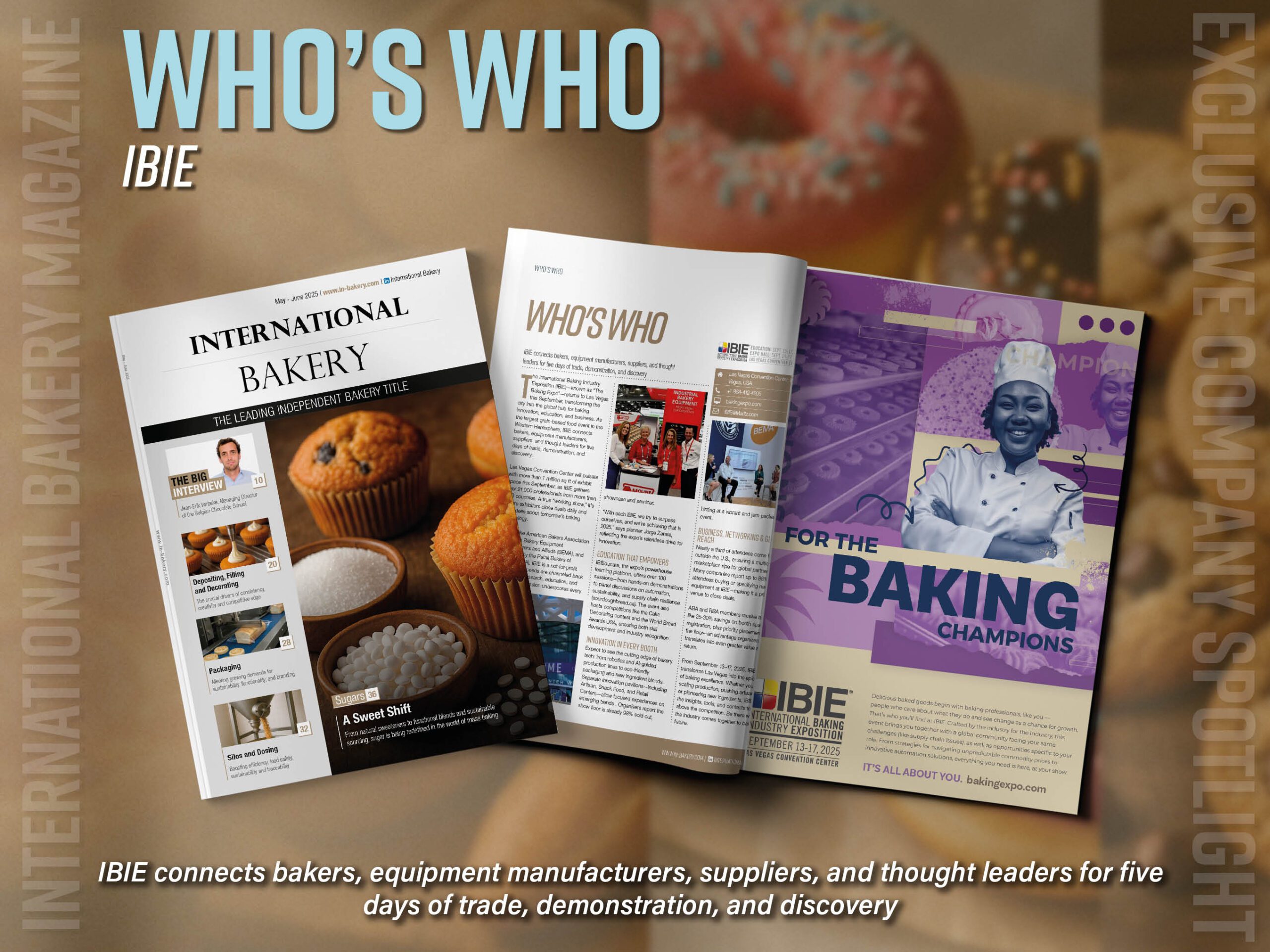Yoghurt’s role as a healthy, tasty and natural part of the diet has seen volume and value sales grow consistently in recent years. According to a new report from Innova Market Insights, this year it is likely that the global market value of dairy and non-dairy yoghurt will exceed US$100bn for the first time.
On average 57% of consumers worldwide regularly buy yoghurt, although individual country rates vary from 32% in Indonesia to 78% in Spain. Furthermore, 29% of consumers increased their consumption of yoghurt in 2020, largely for health reasons, while 60% said their consumption levels were stable and just 11% said that they had decreased.
Asia is the largest market with 43% of yoghurt value sales. It is also seeing the most growth. The region is home to the top two individual countries in terms of value, with China a clear leader and Japan taking second place ahead of Brazil and the US.
The rising popularity of non-dairy yoghurt has had a considerable impact on the category, with 25% of consumers globally now eating plant-based spoonable yoghurt and 22% enjoying plant-based drinking yoghurt. Perhaps unsurprisingly, spoonable non-dairy yoghurt is the most active sub-category in terms of innovation, seeing new product launch activity grow by 9.6% (five-year CAGR to the end of Q3 2021). This compares with just 0.2% for the yoghurt category as a whole.
Key themes driving innovation are largely the same for both dairy and non-dairy, but each of these is tending to create its own path. There is a strong focus on highlighting organic status, sourcing, clean label and provenance, with animal welfare issues increasingly important in dairy and sustainability under the spotlight for non-dairy alternatives.
Health is a driving factor, particularly added wellbeing attributes such as probiotics, immune support and digestive benefits. Protein and fiber content remain important, along with sugar and fat reduction and free-from formulations, while research also indicates that consumers would be prepared to pay more for added health benefits. With 20% of consumers in Innova’s survey being influenced by ‘made with real ingredients’ and ‘natural’ claims when buying yoghurt, simple and clear ingredient lists will continue to be an area of focus.
Other potentially rewarding directions for new products exist in the sensory arena through the development of new flavour combinations and improved texture/mouthfeel, particularly for low, light and non-dairy options. While fruit flavours dominate global product launches, and more complex confectionery and dessert-style offerings are also increasingly popular, there is growing activity in vegetable flavours. This trend is moving beyond Asia where vegetable and savory tastes in traditionally sweeter food categories are already well established. Vegetables such as beetroot and carrot are widely used for colouring in yoghurt preparations, but they are now being increasingly selected as main flavours along with a raft of more locally and regionally-sourced produce and ingredients.
Media contact
Roshini Bains
Editor, International Bakery
Tel: +44 (0) 1622 823 922
Email: editor@in-bakery.com






